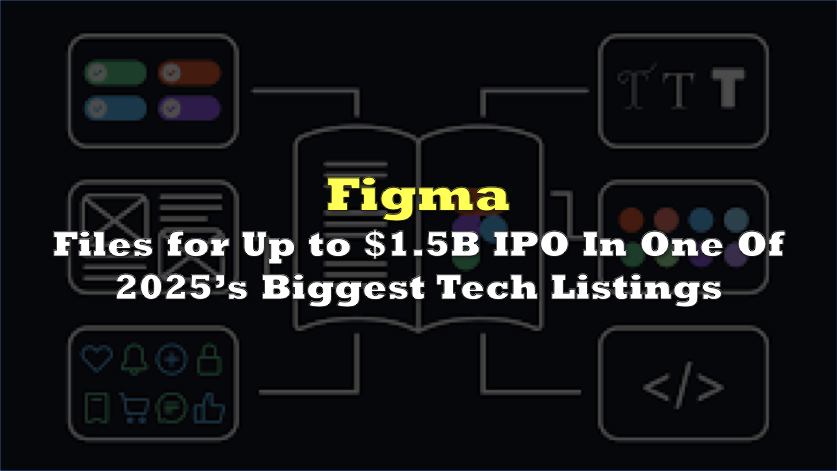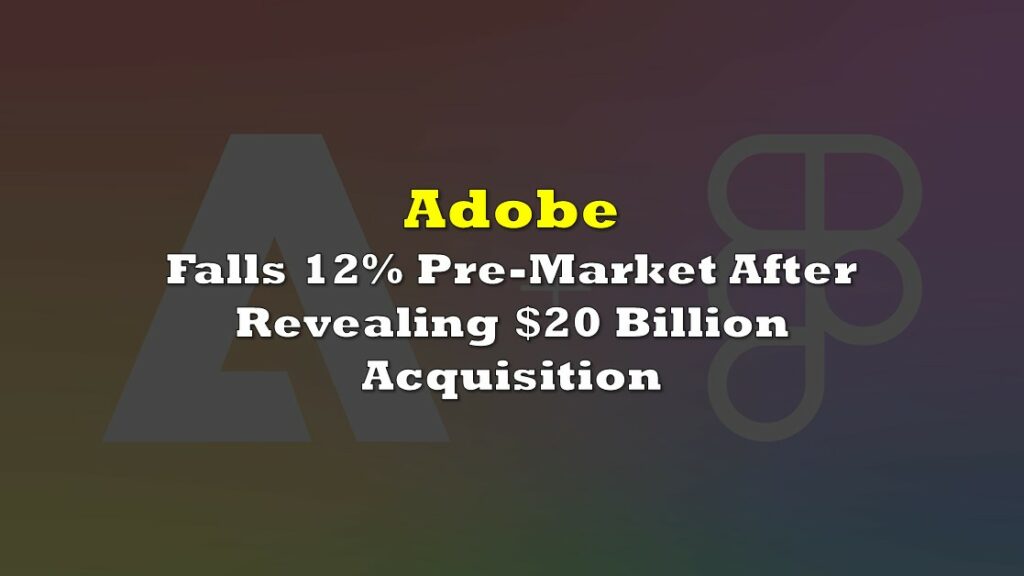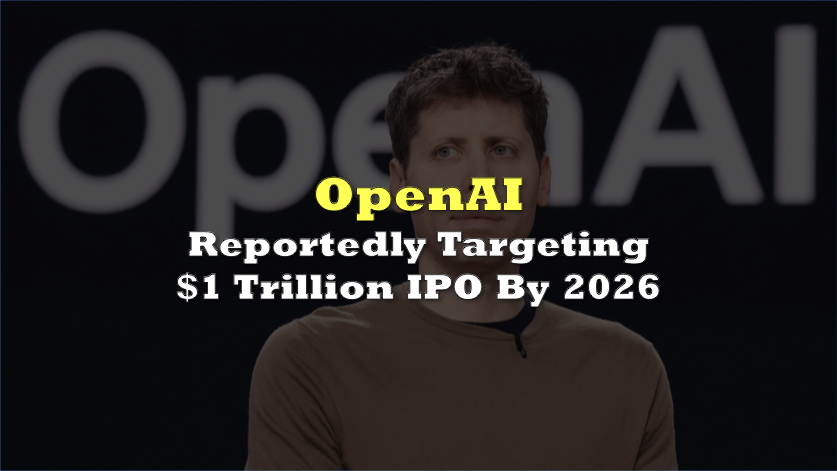Online platform Figma submitted its S-1 to the SEC on Wednesday, confirming plans to list on the New York Stock Exchange under the ticker FIG and signalling an IPO window that bankers say could open by late summer.
Renaissance Capital pegs potential proceeds at up to $1.5 billion, matching the year’s largest tech float to date.
The filing shows design platform economics that sit in the top decile of SaaS benchmarks. Rolling 12-month revenue reached $821 million, up 46% year-over-year, while non-GAAP operating margin swung positive to 18%. Gross margin stands at a hardware-defying 91%.
Figma also reports $1.5 billion in cash and zero debt, giving it ample firepower to sell growth rather than equity if markets turn.
Retention metrics are equally sticky. Net dollar retention hit 132% and 78% of Forbes 2000 companies are already paying customers; 76% of those use two or more Figma products.
Co-founder and CEO Dylan Field controls roughly 75% of pre-IPO voting rights thanks to supervoting Class B shares—an arrangement that virtually assures strategic continuity post-listing.
Figma clears the rule-of-40 bar by a wide margin (46% growth + 18% margin = 64%), placing it among the top 5% of public-cloud peers. Combined with 91% gross margins and a cash-rich balance sheet, the company enters book-building with levers most SaaS issuers lack: disciplined profitability, expansion headroom, and zero leverage.
Management flags one material risk: an AI land-grab that could commoditise design tooling, saying there can be “no guarantee that our products will remain competitive as new AI technologies are developed.”
Information for this briefing was found via TechCrunch and the sources mentioned. The author has no securities or affiliations related to this organization. Not a recommendation to buy or sell. Always do additional research and consult a professional before purchasing a security. The author holds no licenses.








